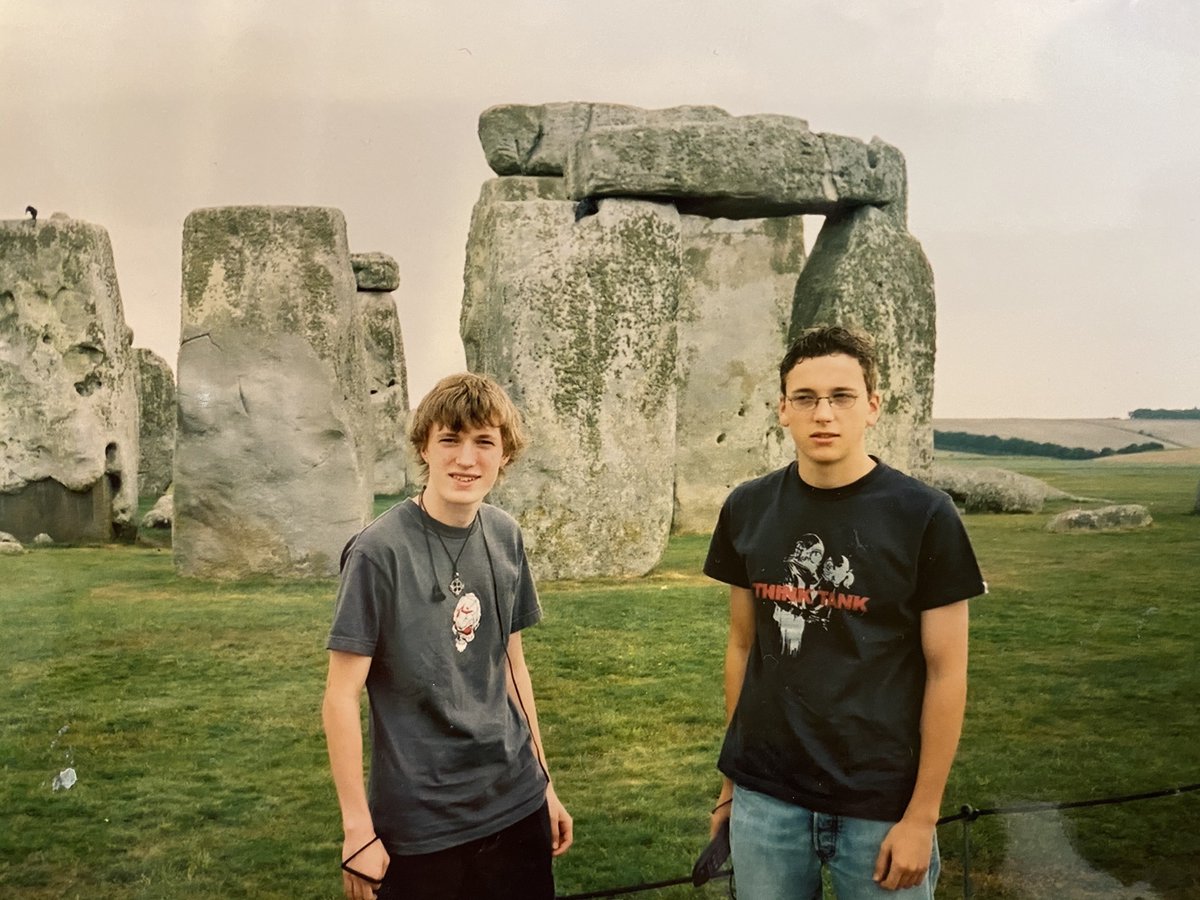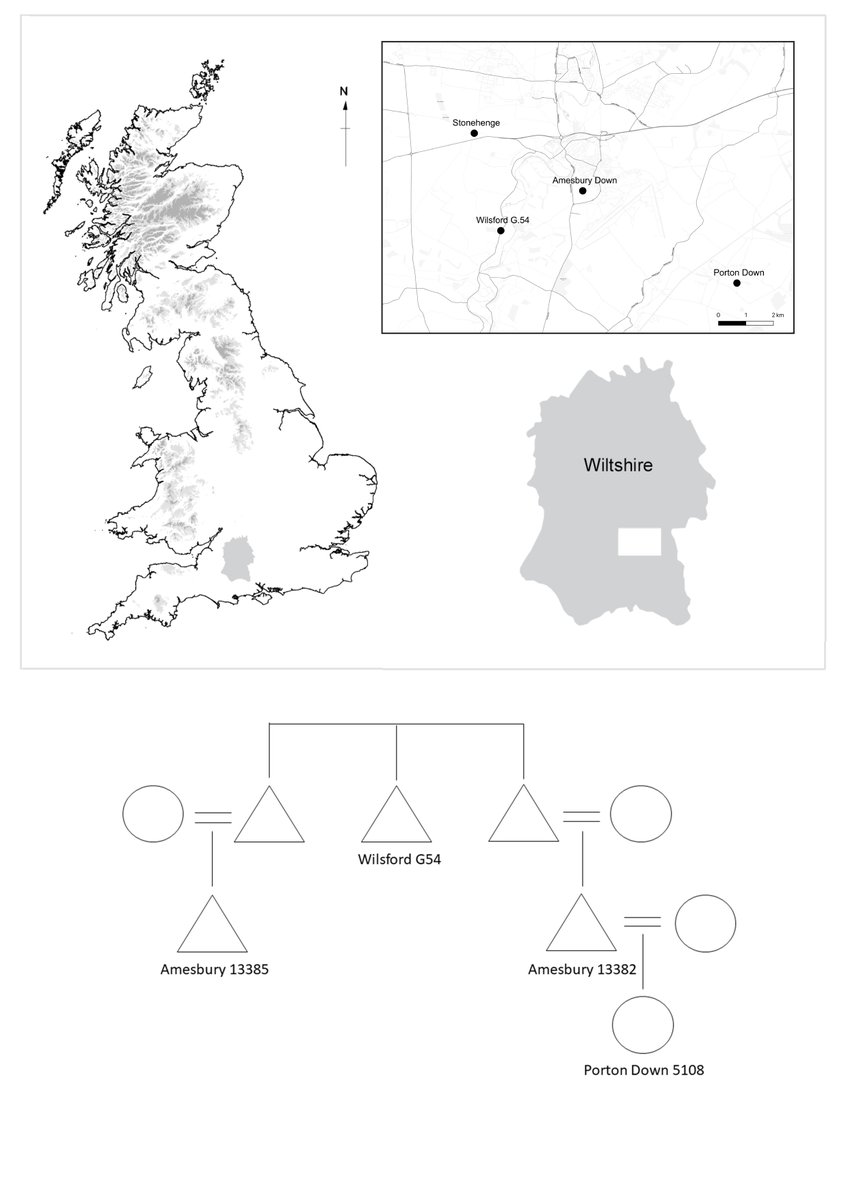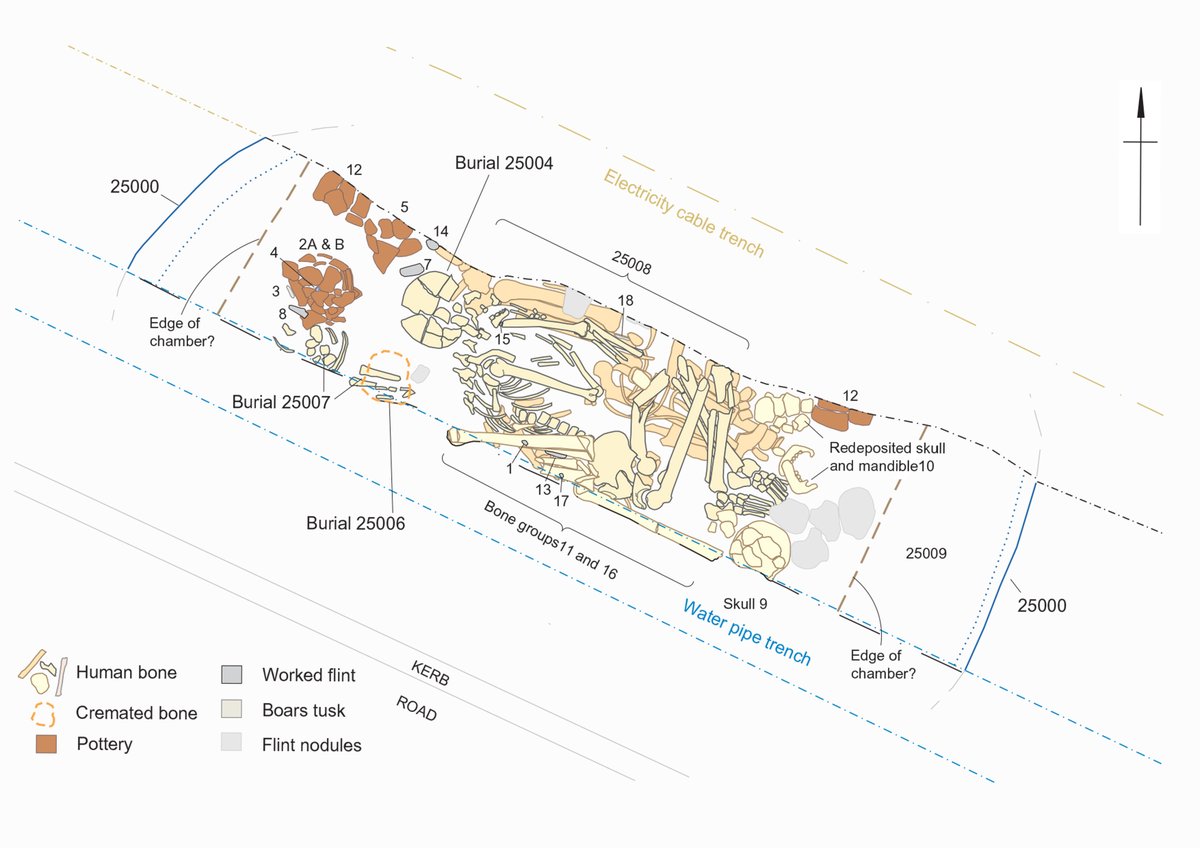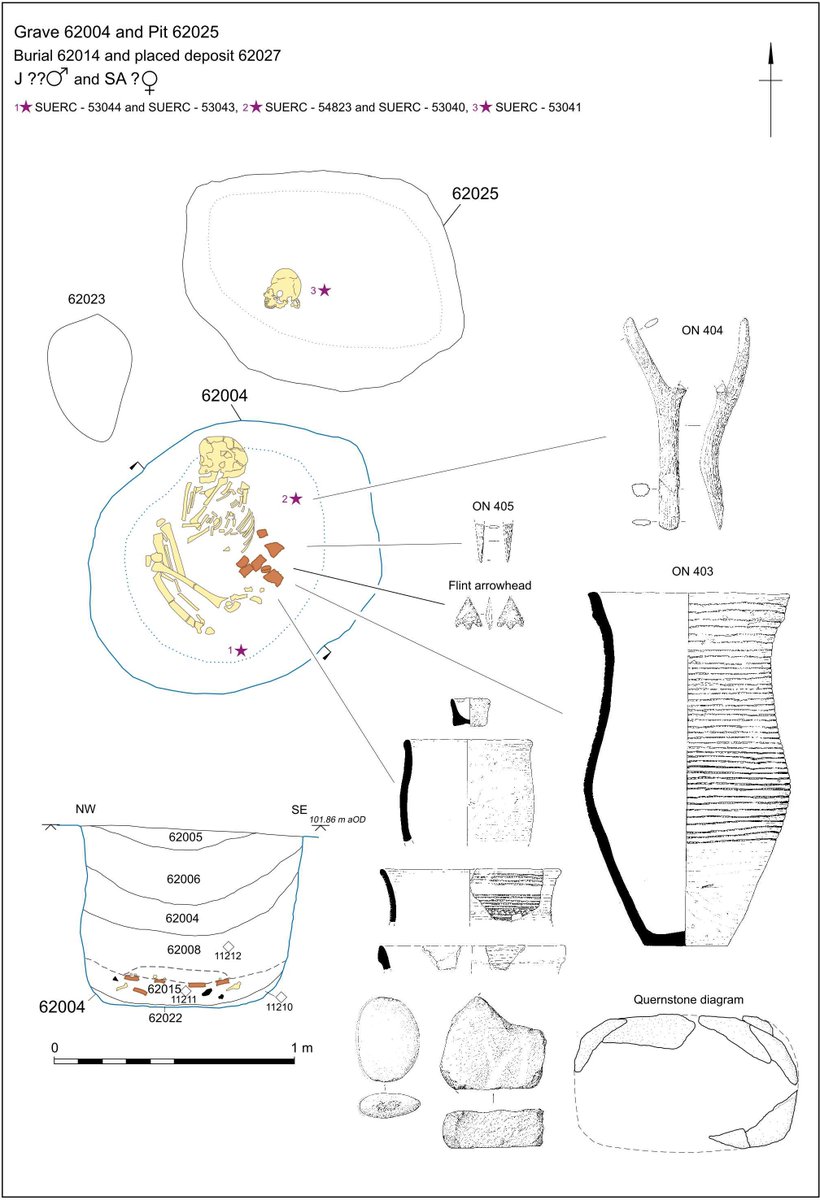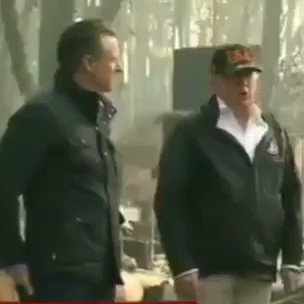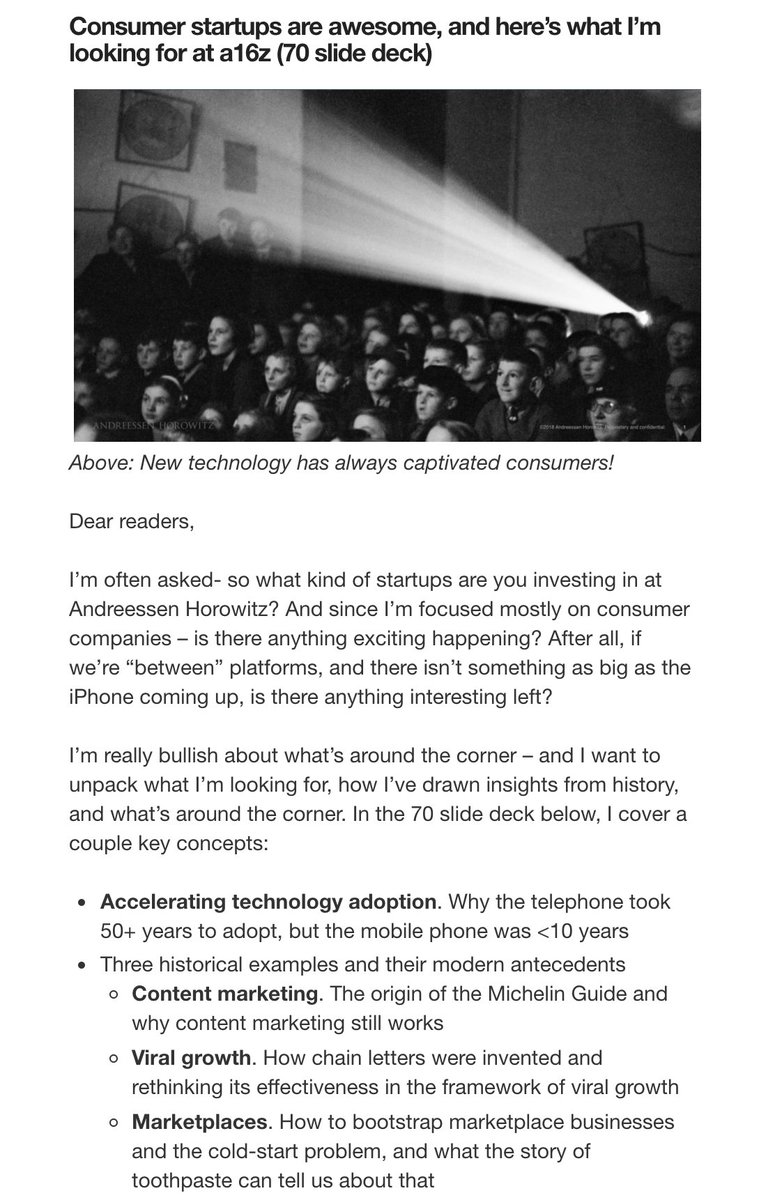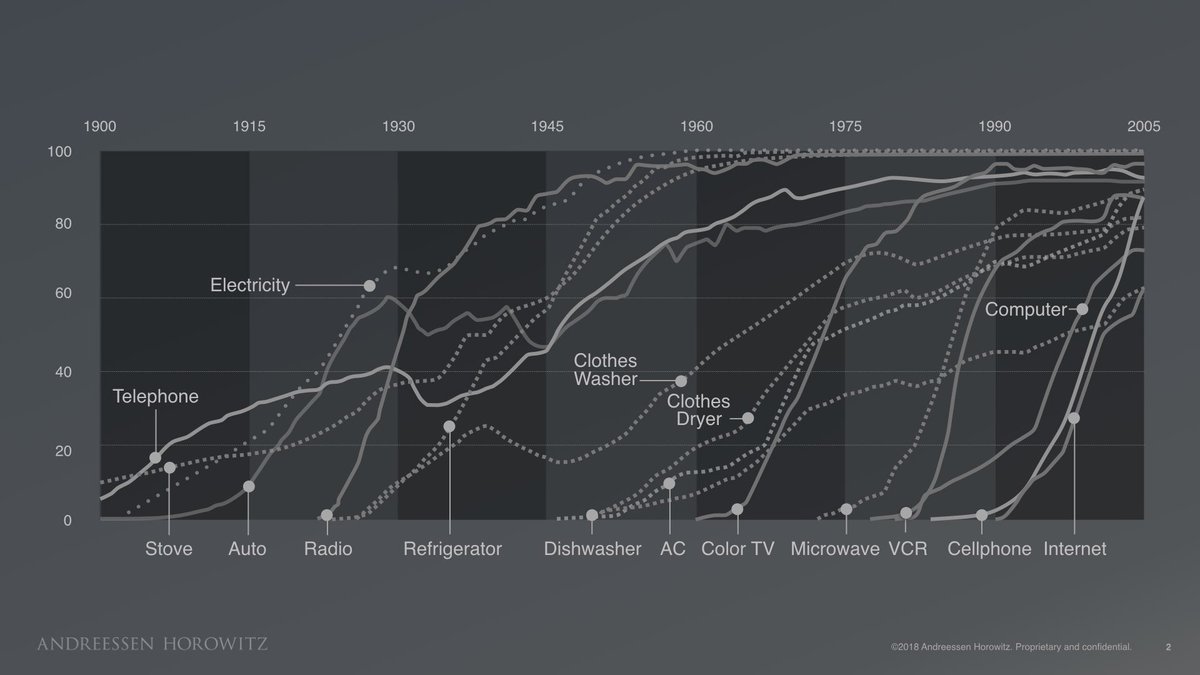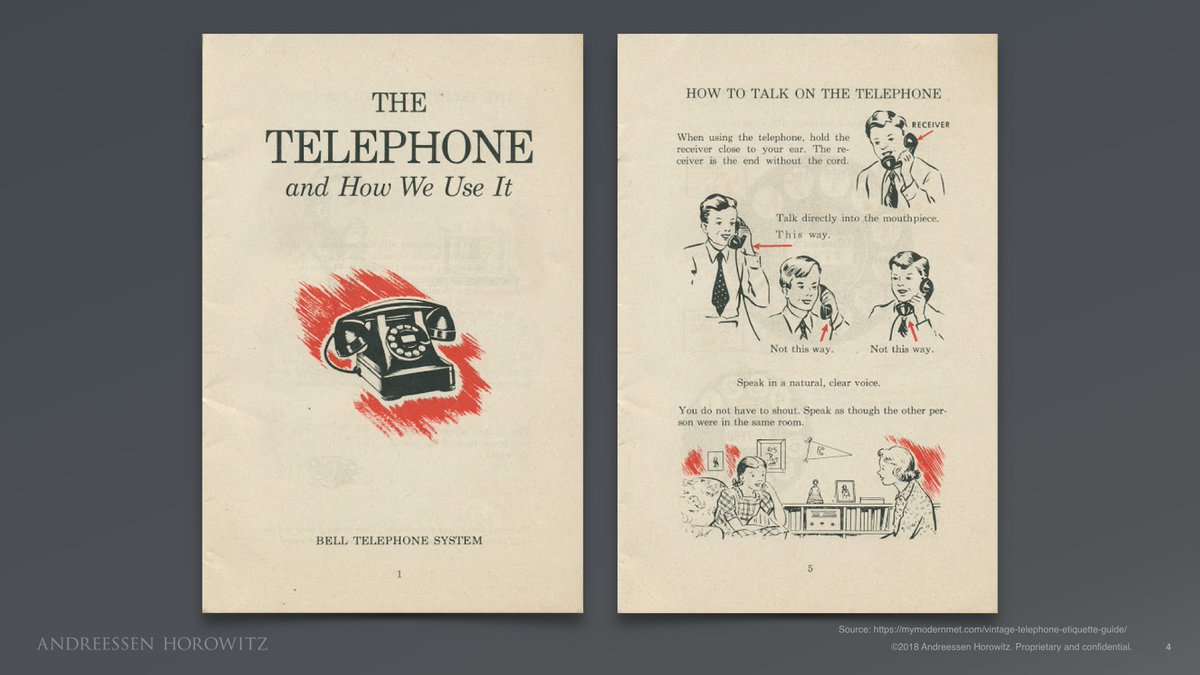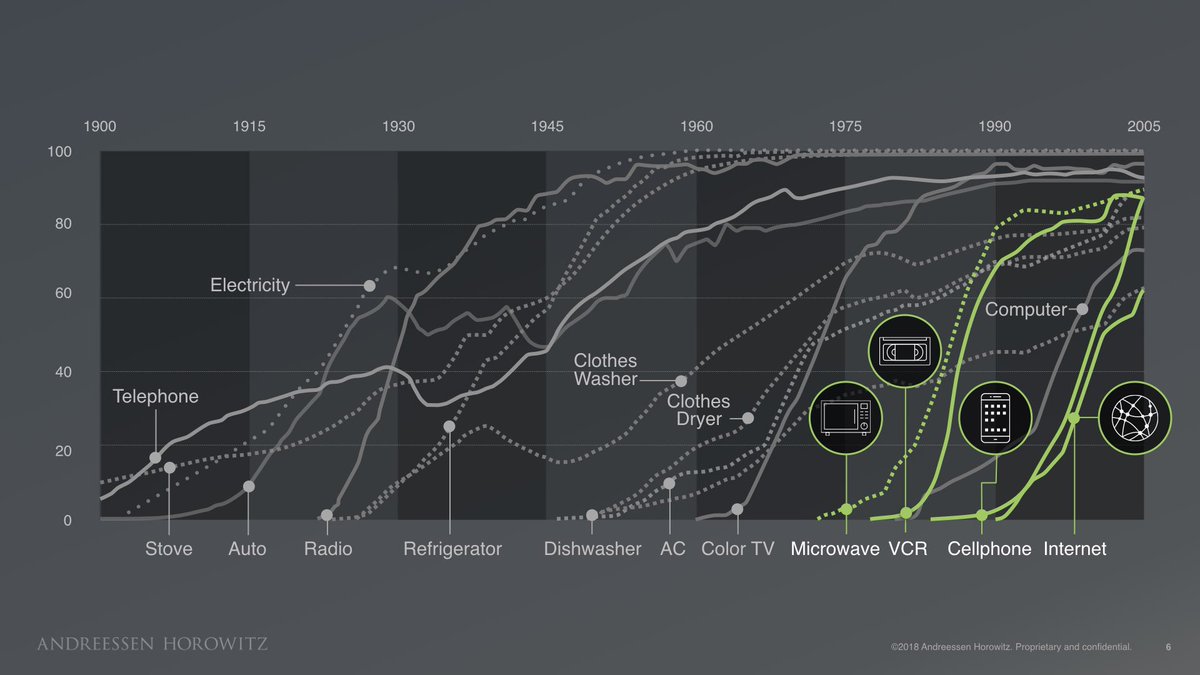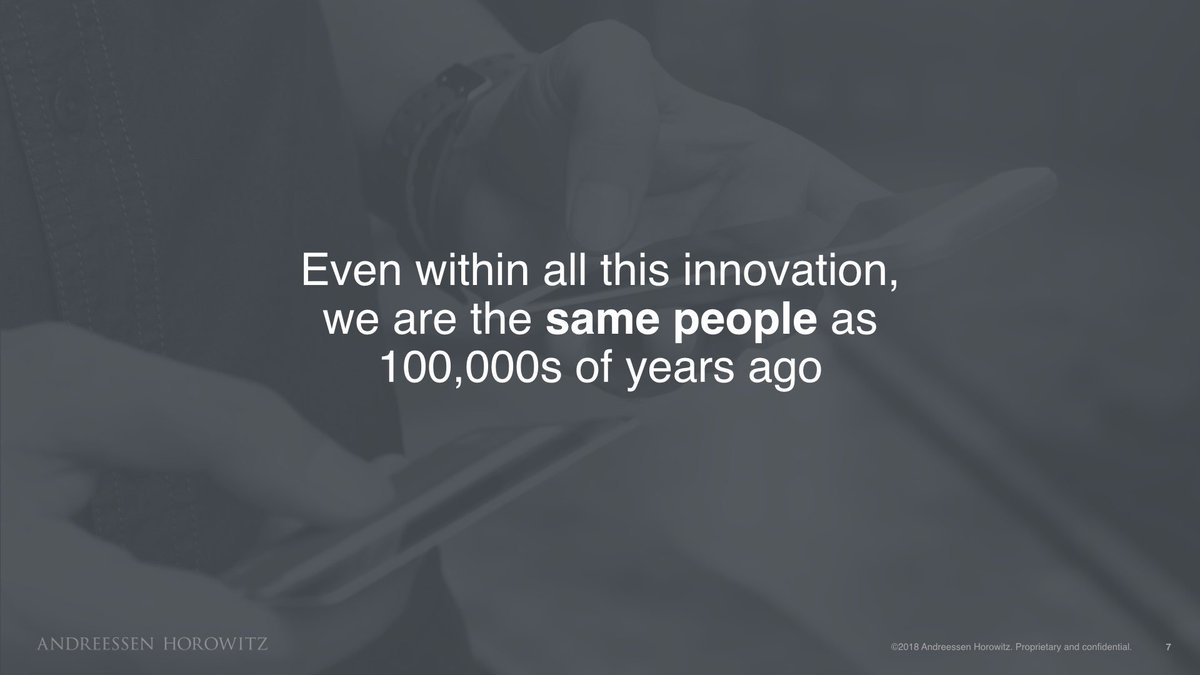The main aim of this paper was to try to show off the wealth of useful information that can be found in the Supplementary Materials of large-scale aDNA papers, if you know where to look. These details are often not discussed in the main text, but can be pretty significant...
Olalde et al. (2018) found there was a yuge transformation (>90%) of the genetic ancestry of people in Chalcolithic-Early Bronze Age Britain (c.2450-2000) produced by movements of groups of people from possibly various parts of continental Europe.
Our chronological modelling of associated radiocarbon dates in OxCal suggests this ancestry shift was fairly gradual, probably taking between 311-472 years, or 10-16 generations.
Groups genetically continuous with preceding Late Neolithic groups continued inhabiting C-EBA Britain but we don't see them so much in the DNA data as they largely continued to cremate their dead or treat them in ways which left no archaeological record.
We only see this 'hidden' population when they occasionally admix (read: have children with) the recently-arrived population and their descendants. The latter groups are generally much more archaeologically visible as they more often buried their dead.
By c.2100 BC these groups carrying diverse ancestries seem to have integrated and admixed completely, but, for unknown reasons, the Neolithic population of Britain left only a small genetic legacy (<10%).
We can speculate that this may be to do with disparities in descendants relating to population sizes, fertility and infant mortality, although other factors may have contributed.
Signs of violence on human skeletons are less common in the C-EBA than in the Neolithic and there are no consistent signs of burning or destruction. With the gradual change in ancestry, this suggests that this was not Hobbesian/Robert E. Howard fever dream ‘invasion’ scenario.
This is not to say there was no violence or between-group conflicts in this period, of course there probably was, but the evidence we have suggests C-EBA ancestry change was not defined by endemic conflict.
But I digress…the skelly rellies! Most remarkable is this set from cemeteries distributed around the Stonehenge landscape. Most come from different cemeteries separated by several kilometres, suggesting their biological relationships were not so important to reference in death.
Nobody in this tree had any detectable ancestry from the Neolithic population of Britain, suggesting communities of people, including both men and women, moved into Britain and had children largely amongst themselves, at least initially.
And yet, these people were buried in a landscape replete with Neolithic structures, including Stonehenge. These paternal cousins from Amesbury Down had no ancestry from local Neolithic groups but were buried next to a Neolithic timber structure (credit:
@wessexarch).
Although the descendants of local and incoming groups were choosing to have children infrequently, this is clear evidence for substantial cultural exchange, with incomers and their descendants rapidly adopting local beliefs, practices and monuments.
This may help to explain why the Neolithic populations have such a significant cultural legacy in Chalcolithic and Early Bronze Age Britain, disproportionate to their ‘genetic’ legacy, including the continued use and rearrangement of Stonehenge.
The Boscombe Bowmen Grave: the primary deposit comprised the intact skeleton of young adult male surrounded by the partial and disordered remains of 5-6 other people. A cranium found at his feet belonged to his paternal cousin or half-brother (Credit:
@wessexarch).
Interestingly the young adult male had substantial ancestry from local Neolithic populations - enough to suggest that his mother was entirely descended from these Neolithic groups, although there are other possible interpretations.
Amesbury Down: A 9-11-year-old female was buried in a cylindrical pit. A few decades later the cranium of her adult maternal niece (her sister’s daughter) was buried in a pit next to her grave (Credit:
@wessexarch).
You can find out about the other genetic relatives Olalde et al. discovered in the paper - enough of the spoilers here!
But it’s also important to note that there are plenty of burials which reference each other, both in the Stonehenge landscape and elsewhere, who were not close genetic relatives. We cannot rule out the possibility that these burials represented very distant genetic relatives.
But combined with the geographical distance between the relatives buried in the Stonehenge landscape, this emphasises that C-EBA kinship was not solely associated with biological relatives. Clearly there were other forms of kinship unaligned with biological relatedness.
Finally, these details would not be accessible without high-quality excavations by commercial archaeology units working on developer-led excavations, and meticulous curation of archives (for decades, and even centuries!) at local and national museums.
